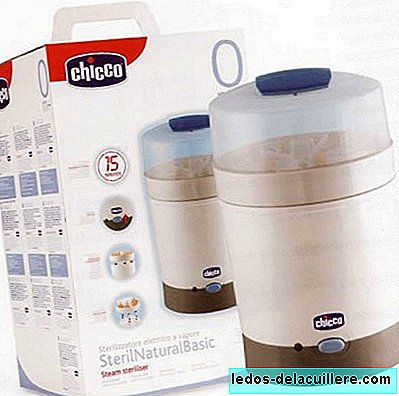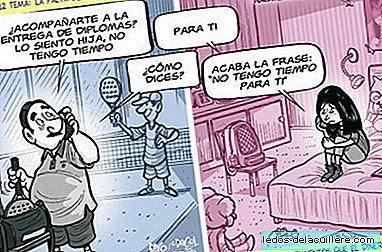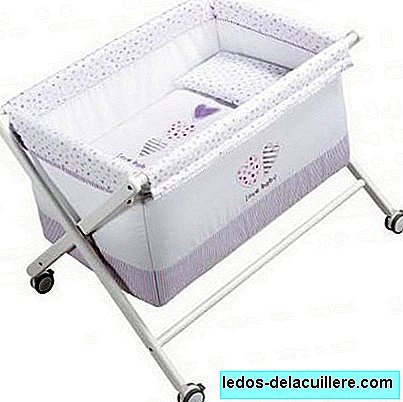
After a pause for paternity, here we are again taking our special gadgets and babies. Today we have to talk about sterilizers, normally used with bottles and pacifiers. Everyone knows the importance of hygiene and cleanliness of the small utensils of food especially until six months of life, so it is one of those gadgets that we are going to use, although it will depend on each one.
Surely the first thing you are wondering is if you are going to give him enough utility to the sterilizer, depending on the models, the investment is important, and on the other hand, it will occupy a space that not everyone has. The sterilizer is important until six months of life, although if you are opting for breastfeeding, you will give little use. If you do mixed feeding or you had to definitely stop breastfeeding, then you could use it a lot, although again it is up to you.
When the sterilizer is used
With bottles and teats it is usually enough sterilize before first use and from now on, a thorough washing with soap and water is enough to keep away the germs against which we don't want our little ones to have to fight yet.
The same goes for those utensils that we are going to use to feed the baby. However, there are parents who opt for total disinfection each time they use bottles, pacifiers, teats and other utensils. For them, a proper sterilizer will be essential. The lifelong method is still boiling the utensils in a container for about 10 minutes, and basically on that idea the commercial systems that are now in the market are supported.
The disinfection system they use and their size (for more or less bottles and their accessories) should be the aspects to consider to buy a sterilizer.
Sterilization systems
Among the commercial sterilization systems we find mainly three:
- Cold sterilized. It is done with the help of pills or disinfectant liquid that we introduce in a container with water that covers the bottles and other utensils that we want to disinfect. Its main advantage is comfort, which is a method that does not imply heat, although it tends to be the one that takes the most time to finish the whole process, with a half hour on average.
- Microwave sterilizers. Of the most used today, they are composed of a microwave-safe container where inside we properly place the utensils with water and in less than 15 minutes we have them ready. The simplicity of use is its most powerful weapon.
- Steam sterilizers. It is an electrical element in which we place about 200 ml of water at its bottom on a plate that will create steam due to the heat, ultimately responsible for sterilizing the utensils that we will have conveniently placed on upper "floors". It is a relatively fast method (about 10 minutes), clean but with the disadvantage that these types of sterilizers are the most expensive, occupy more (those that allow a large number of bottles inside) and have the danger of releasing steam of water and its housing gets very hot, posing a danger if we are not careful where we place them.

Next day we will show you a selection of models from each of these categories.












